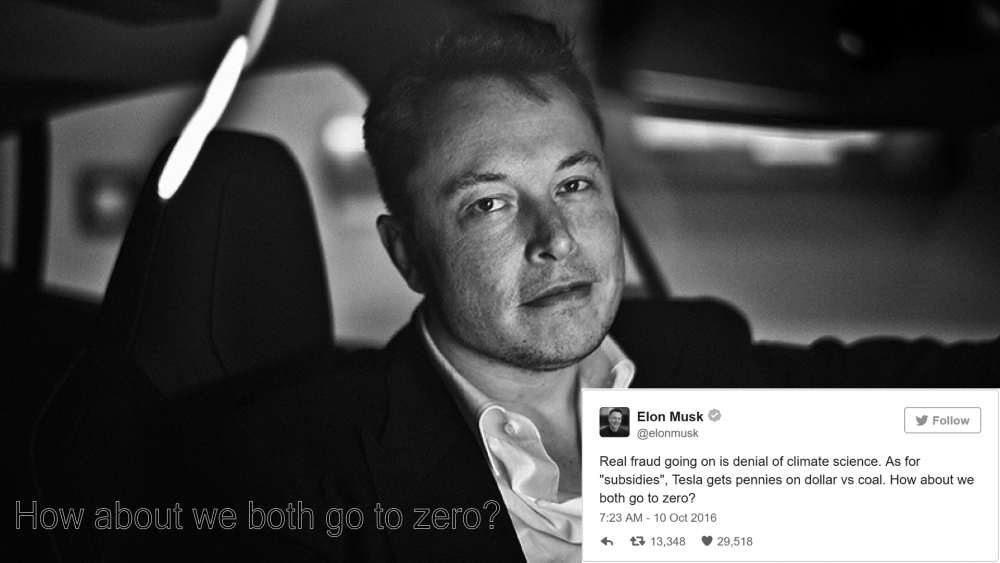SolarCity’s fate now lies squarely in the hands of Tesla Motors and its shareholders.
A 45-day window in which SolarCity could consider other offers beyond Tesla’s $2.3 billion merger bid closed on Wednesday night, and no other investor or company put a proposal on the table.
That wasn’t entirely surprising. After all, 15 potential buyers or investors looked at SolarCity earlier this summer, while the solar energy company was hammering out the terms of Tesla’s merger offer and trying to see if anyone else would top the electric vehicle maker’s bid.
None did.
Now the big question is whether Tesla’s shareholders buy into CEO Elon Musk’s vision for creating a renewable energy juggernaut that combines electric vehicles with solar energy and battery storage.
Shareholders from both companies still have to vote on the proposed merger. The date of the votes haven’t been set, but it could be as early as October.
Most analysts think the deal will go through. They say many Tesla investors support Musk’s renewable energy vision and are likely to go along with his strategy.
They also tend to downplay the concerns that arose from the regulatory filing about the cash crunch that both companies are facing. Tesla needs to pay $422 million to some of its bond holders by the end of the month, and both companies need to raise billions in new funding to finance their ambitious plans.
The news recently has been better on the financing front. Tesla, which had $3.25 billion in cash on its books at the end of June, reached an agreement this month to borrow up to $300 million from Deutsche Bank to fund its vehicle leasing program.
SolarCity earlier this week raised $305 million in a deal with five institutional investors and an investment fund advised by George Soros.
That fundraising will cover only a portion of the companies’ financing needs, but it shows that their ability to raise funds remains viable.
Still, the worries persist on Wall Street. Since the deal was finalized on Aug. 1, Tesla’s stock is down by 13 percent. SolarCity shares have tumbled by 34 percent.
As a result, a deal that was worth $2.6 billion when it was announced now is worth about $350 million less.
In the deal, SolarCity shareholders will receive Tesla stock worth $22.59 at today’s prices. But because of the liquidity concerns and uncertainty over shareholder approval, SolarCity’s shares are trading at $17.50 – a steep 23 percent discount to the value the Tesla offer places on the shares.
Normally, the discount would be just a few percentage points.
One of the more skeptical analysts following the deal, Gordon Johnson of investment firm Axiom, pegs the odds of the merger passing at 50-50. Johnson, who has a sell rating on SolarCity’s stock and thinks it could fall as low as $7, said Tesla “failed to consider whether another solar company was a better fit,” and noted that none of the three potential suitors who had more extensive contact with SolarCity were willing to make a counter offer, according to a regulatory filing by the companies late last month.
“With a number of solar vendors available currently, at arguably depressed prices … Tesla failed to consider if any other solar companies offered more favorable synergies,” Johnson said in a research note.
Musk, who owns more than 20 percent of the stock in both companies and is SolarCity’s chairman, has argued that no company is a better fit for Tesla than SolarCity. With a commanding market share in the rooftop residential market, Musk has said that SolarCity, run by his cousin, Lyndon Rive, offers the best opportunity to link Tesla’s battery storage capabilities with a leading solar energy installer.
Some analysts wonder if Musk is taking on too much at one time.
“We see a lot more that can go wrong than can go right,” said Jeffrey Osborne, an analyst at Cowen & Co. “The company, while fundamentally well positioned for the long term, has a material amount of execution risk over the next 12 to 18 months.”
Tesla is developing its Model 3 sedan, which will sell for as little as $35,000 and will be its most affordable model, by far. As it moves to ramp up production of the Model 3, Tesla also is opening its battery gigafactory in Nevada.
SolarCity, for its part, is pushing to open its solar panel factory in South Buffalo, which will be the biggest in the Western Hemisphere, with production scheduled to start by the end of June as the company rolls out a new solar roofing product.
“The SolarCity acquisition only adds an additional layer of complexity at a crucial time when the company should be focused on the gigafactory ramp and Model 3 launch,” Osborne said. “We see the potential for delays in the introduction of the Model 3, ramp of the Gigafactory and integration of SolarCity, leading to increased cash burn levels.”
Cash is such a concern because neither Tesla nor SolarCity is profitable, although Musk, in a memo to employees this month obtained by Bloomberg News, urged them to cut costs and deliver “every car we possibly can” to push the vehicle maker closer toward generating more cash than it uses. Hitting that milestone would put Tesla in “a far better position to convince potential investors to bet on us.”
Together, the two companies will have about $5 billion in debt between them. And because neither one has a positive cash flow, they will have to raise billions in new capital to meet their ambitious plans, from opening the battery gigafactory and the Buffalo solar panel factory, to ramping up production of the Model 3.
The big question now, though, is how much interest Tesla shareholders have in approving the deal.
Read More
Read more "Musk’s vision at stake in Tesla shareholders’ vote on SolarCity merger"
